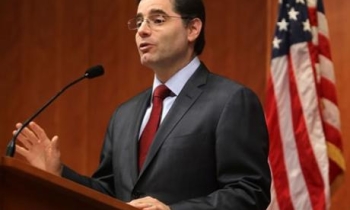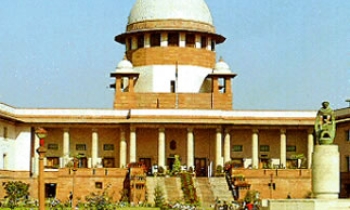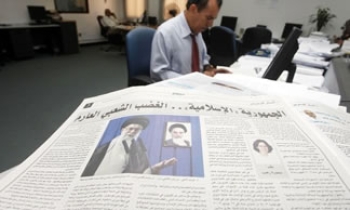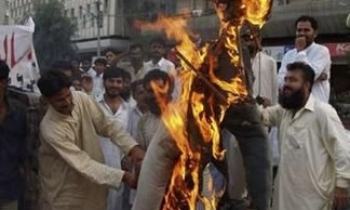Two down, one more to go! This is the countdown for the number of new newspapers (compact and broadsheet) that the country’s commercial capital is expected to be hit with this year. With Mumbai Mirror having already made noise with its launch, Hindustan Times, too, has seen the day of light, and now DNA is the only one left to hit the city well the wait will only be till the end of this month.
Even as many people are eager to sample and test read the new papers, the ground realities of actual paper distribution, hawker demands, their commission, etc, will play an important role in what one reads and when.
To put things in perspective, when The Times of India started distributing Mumbai Mirror free with the main paper with no increase in the cover price, hawkers and distributors did demand more commission. The result the commission to vendors was increased by 60 paise. Thus, vendors, who used to purchase The Times of India for Rs 3 (whereas the cover price is Rs 4), now buy it for Rs 2.40 following the insertion of Mumbai Mirror with the main edition.
Sample this The Times of India has 40 pages, Mumbai Mirror too has around 40 pages (a total of 80 pages or more); Hindustan Times has launched with 24 pages of main supplement and eight or so pages of additional paper (total around 32 pages); DNA is also expected to have 40 pages or more. These would be in addition to the other dailies that a vendor distributes every morning. A weighty issue indeed! To get the vendors to distribute more than 100 pages everyday, the players will definitely have to pamper them a whole lot more.
In addition to the increase in commission rates for the agents, additional investment for the vendors would be in the form of recruiting more hands and tackling the morning delivery of the steadily growing numbers and pages of newspapers. The players will have to compensate all these.
Jitendra Nalawade, a leading newspaper distributor, voicing the opinion of many such vendors agreed that there would be more demands from the agents as they would have to spend more to recruit more delivery boys. The feasible option then would be to hike the commission rates to competitive levels, he maintained.
Though till now there has not been much of a delay in the papers reaching homes in the morning, but then it’s still early days.
M Venkatraman, CEO, Bhaskar Group, said, "We don’t see any issues in distribution as there has not been any significant growth in the market till now. As far as our commission rate is concerned, we are still negotiating that and any which way we don’t expect there to be any delays, but instead the distribution will be prompt."
Adding a contradictory point of view, Rahul Kansal, Brand Director, The Times of India said, "With an increase in the number and size of the newspapers today, there definitely can be some distribution issues that might have to be tackled. But we have a civil understanding with our agents and we do sort out these things by having a dialogue, if necessary."
In the face of reality, the new players may offer incentives at the initial stages, but the real growth driver would have to be volumes. Since the distribution business largely works on set commissions, a larger volume that travels through the distribution channel will be a cost-plus affair.
However, everything said and done, nothing can stop the newsmakers from making news. So even as there are talks that Telegraph might also be looking at making its presence felt in Mumbai, it will be interesting to see which paper is replaced and which is rejected.









